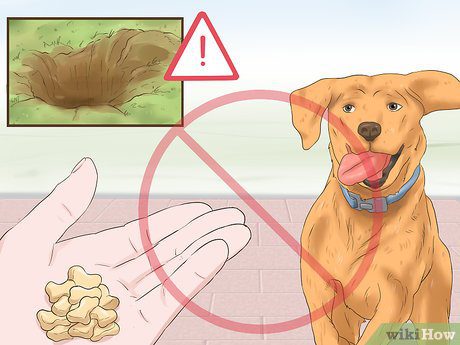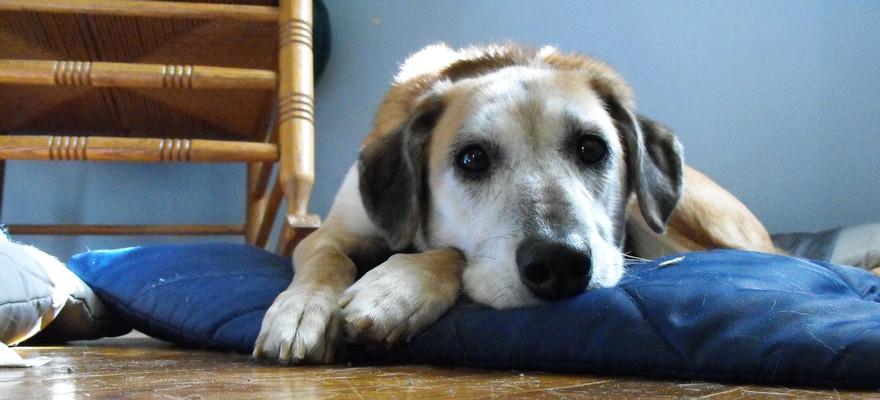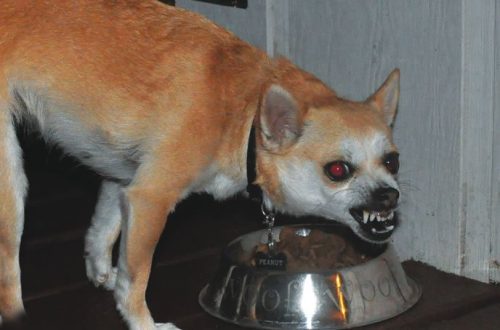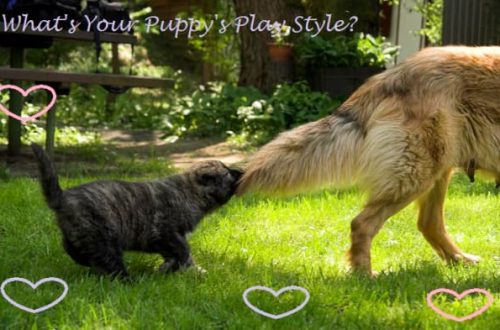
Turiu disfunkcinį šunį: ką turėčiau daryti?
Sometimes a person takes care of a dog with a dysfunctional fate, not suspecting what problems they will face. And hands down…
Nuotrauka: google.by
What to do if you got a dysfunctional dog?
Turinys
How to start working with a dysfunctional dog?
First of all, it should be borne in mind that it is possible to work with a dysfunctional dog, but for training it is worth using the operant method. It is in this case that you have a chance to get a friendly, enterprising, playful and intelligent dog.
The main components of working with a dysfunctional dog are as follows:
- Vaistai. Most likely, during the period of adaptation of the dog to new conditions, sedatives cannot be dispensed with. However, be sure to check with your veterinarian before using them.
- Nuostata patogus gyvenimas for a dog. The five freedoms are the bare minimum for which you, as the owner, are responsible.
- When the dog is able to eat in your presence, as well as from a bowl that you hold in your hands, for a while hand feed the dog.
- Practice with the dog, use contact games.
- If the dog avoids and is afraid of being touched, tactile contact can be used very carefully, it is better – initiated by the dog.
- If the dog allows you to sit next to him and lightly stroke himself, you can start using touch massage.
How to deal with fears in a dysfunctional dog?
If you get a dysfunctional dog with fears or missed socialization, consider the following things in your work:
- Move forward without dwelling on the “terrible past.” Only when you gradually introduce more variety into your dog’s life will he be able to overcome his fears.
- Slowly, smoothly and safely gradually “pull” the dog out of its shell. Don’t stoop to your dog’s fears, help him rise to your lifestyle.
- Ignore your dog’s signs of fear. If you don’t know what to do, just shut up and watch.
- Reinforce any display of exploratory behavior and courage. Fear comes and goes in waves – give the dog what it wants as soon as it calms down a little.
- Remember that fun and laughter are great reinforcers for a dog.
The result of the work should be a socially adapted dog, comfortable for living together.
What to do if the dog is afraid of people?
- Įtikinkite šunį, kad žmogus yra džiaugsmo šaltinis: žaidimai, skanėstai, malonus bendravimas.
- Skatinkite iniciatyvos žmogaus atžvilgiu apraiškas, įskaitant elgetavimą. Galite atsigulti ant grindų ir paslėpti gėrybes savo drabužiuose.
- Išmokykite savo šunį liesti jus nosimi ar letenomis, dėti letenas pagal komandą.
- Išmokykite šunį komandų, dėl kurių žmogus „kabo“ virš jo: „Gyvatė“, „Namas“, „Voltas“.
What to do if the dog is afraid of the street?
- Stop being afraid of yourself. Take steps to make sure your dog doesn’t run away. You can put a collar and harness on the dog and take two leashes. Make sure the harness is fitted so that the dog does not slip out of it.
- Ignore manifestations of fear and praise behaviors that you enjoy. As soon as the wave of fear subsides, reward the dog (for example, take a couple of steps towards the house).
- Please the dog on the street.
What to do if a dysfunctional dog is afraid of other dogs?
- Dirbkite su atstumu ir skatinkite teisingą šuns elgesį (pavyzdžiui, susitaikymo signalus).
- Išmokykite savo šunį kitokio elgesio, kai matote kitus šunis.
- Kurkite teigiamą patirtį su bendraamžiais.
What to do if the dog is unclean?
Švaros mokymas priklauso nuo priežasties, kodėl šuo palieka namuose balas ir krūvas, o tokių priežasčių yra labai daug. Ką daryti, norint išmokyti neveikiantį šunį eiti į tualetą gatvėje?
- Visų pirma patikrinkite savo sveikatą.
- Nustatykite dienos režimą.
- Pašalinkite patalpų kvapus.
- Pagirkite savo šunį, kai jis šlapinasi lauke.
What to do if a dysfunctional dog has an anxiety disorder?
Anxiety disorder in a dysfunctional dog has three elements:
- Howl or bark at home.
- Destruktyvus elgesys.
- Nešvarumas.
It is important to be patient, because it can take up to 1 year to correct an anxiety disorder in a dysfunctional dog, and even then relapses are possible.
Do not confuse anxiety disorder with boredom or lack of intellectual or physical activity.
To help your dog manage his anxiety disorder, a personalized behavior management plan is created.




Nuotrauka: google.by
How else can you help a distressed dog?
With any dog, including dysfunctional, it is necessary to deal with. What kind of activities to offer such a pet?
- Search games. They help the dog develop self-confidence, learn to solve problems, develop perseverance and self-control skills, provide intellectual challenge, and bring pleasure.
- Trick training. She teaches the dog to trust the owner, gives pleasure from working together, teaches you to control your body and solve new problems, increases motivation for learning.
- Teaching the necessary commands by the operant method (with the help of positive reinforcement).







